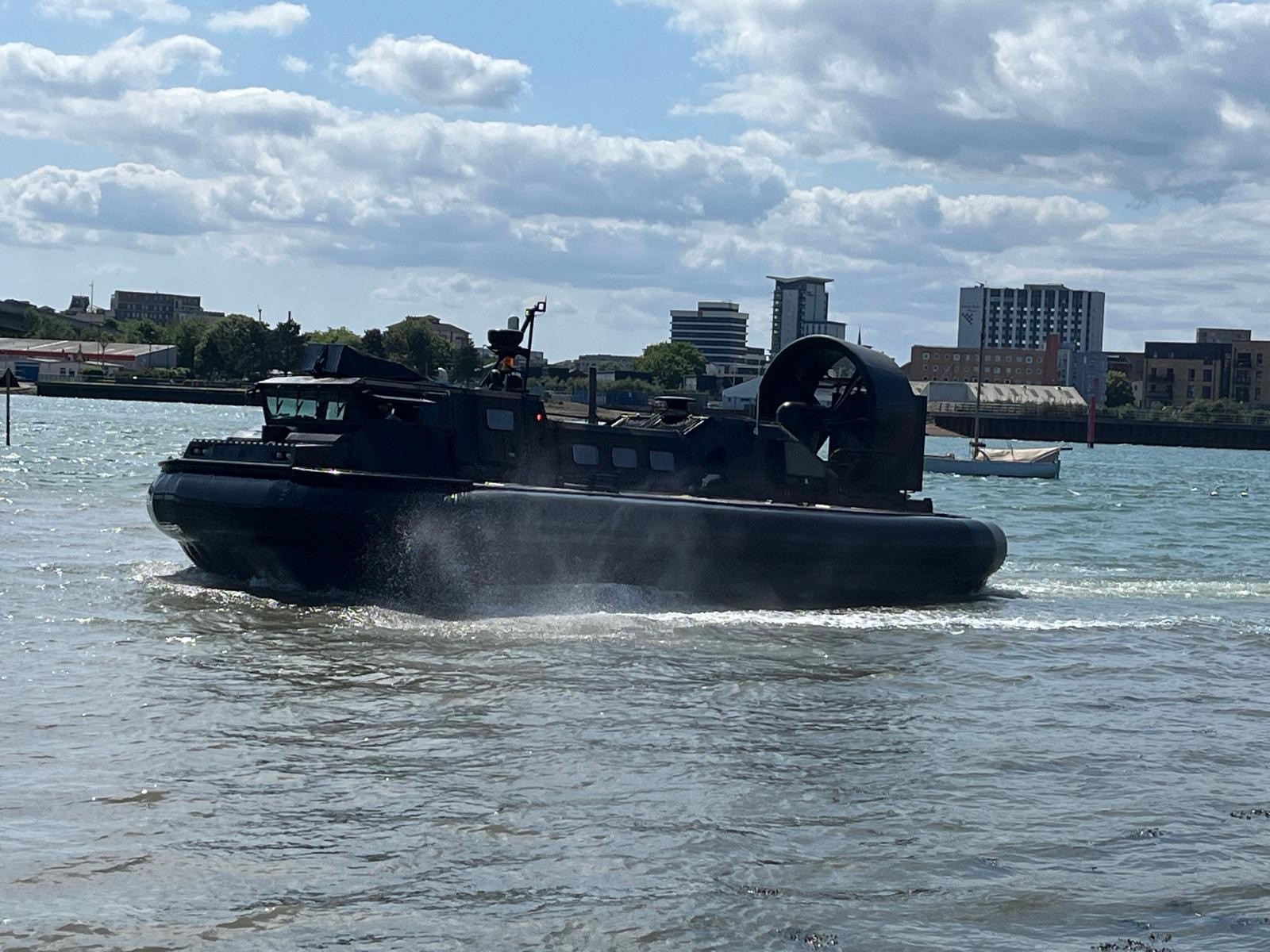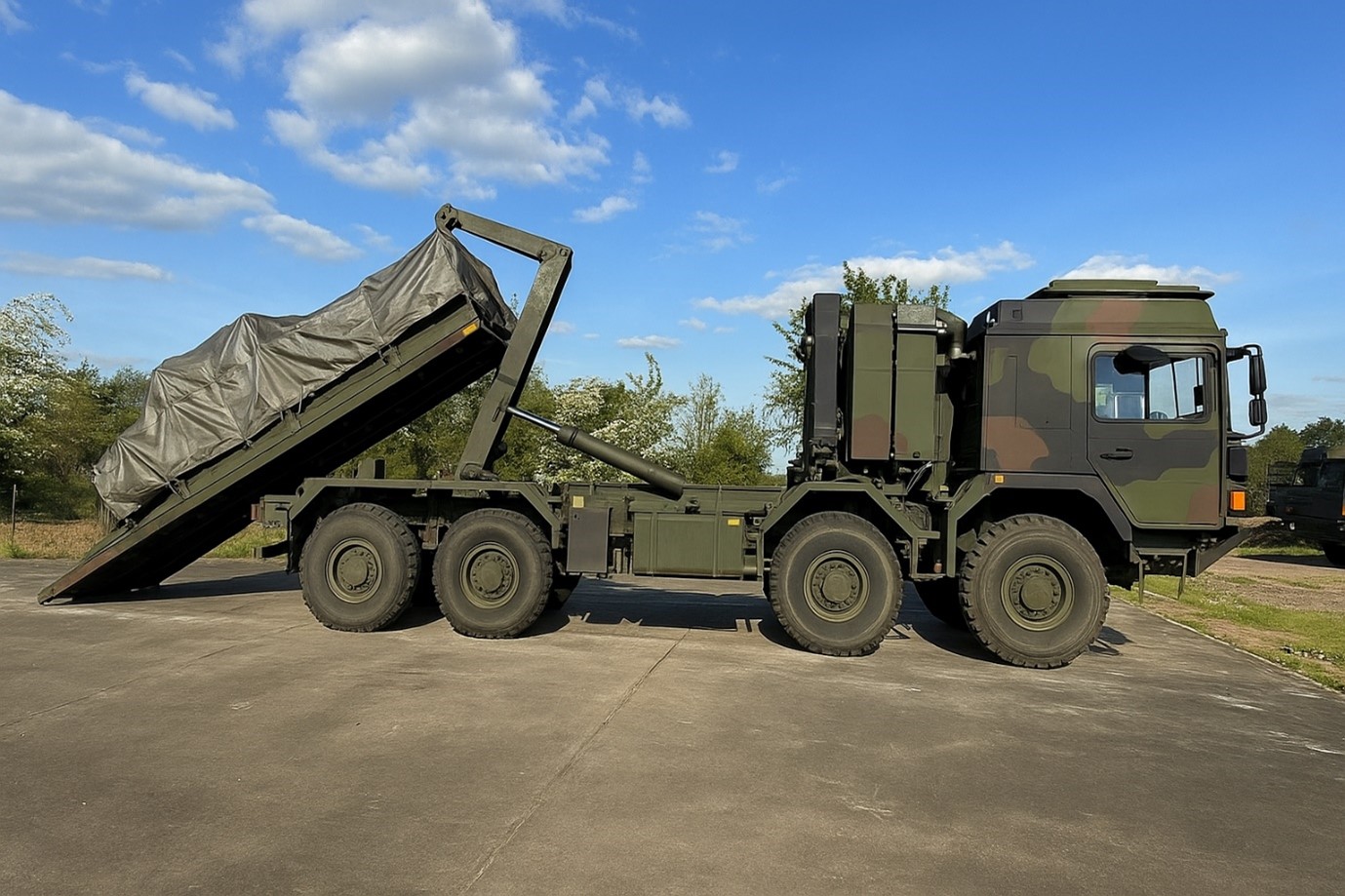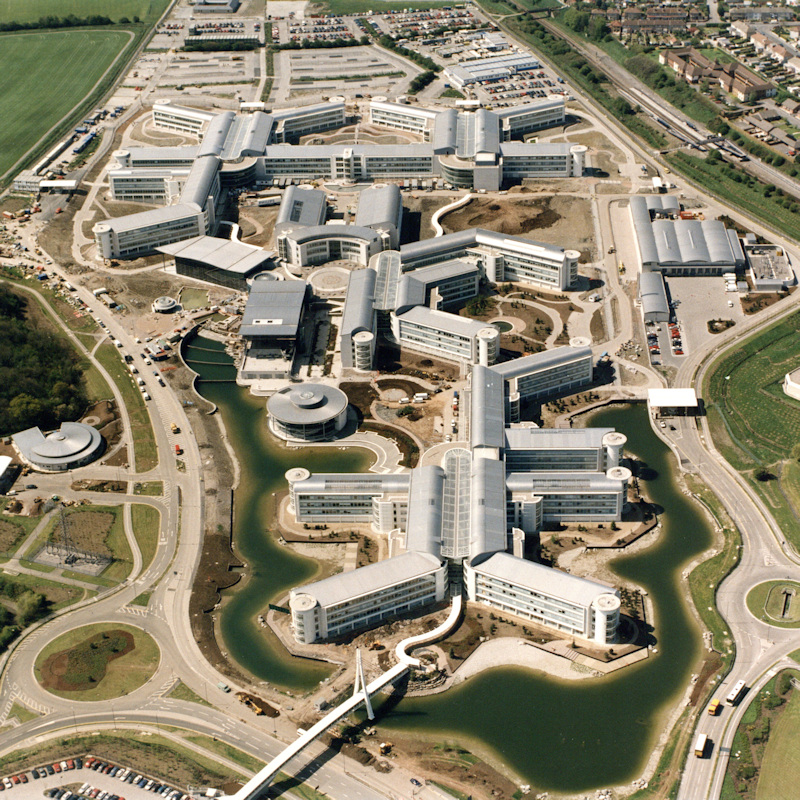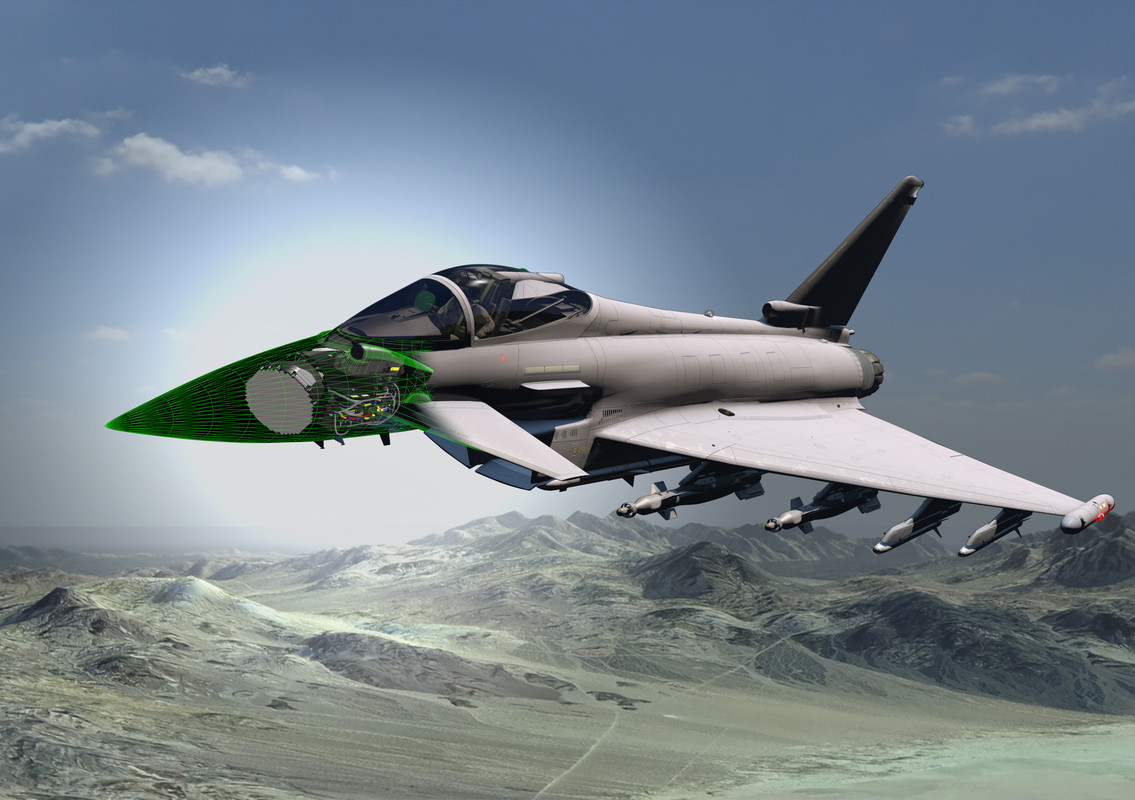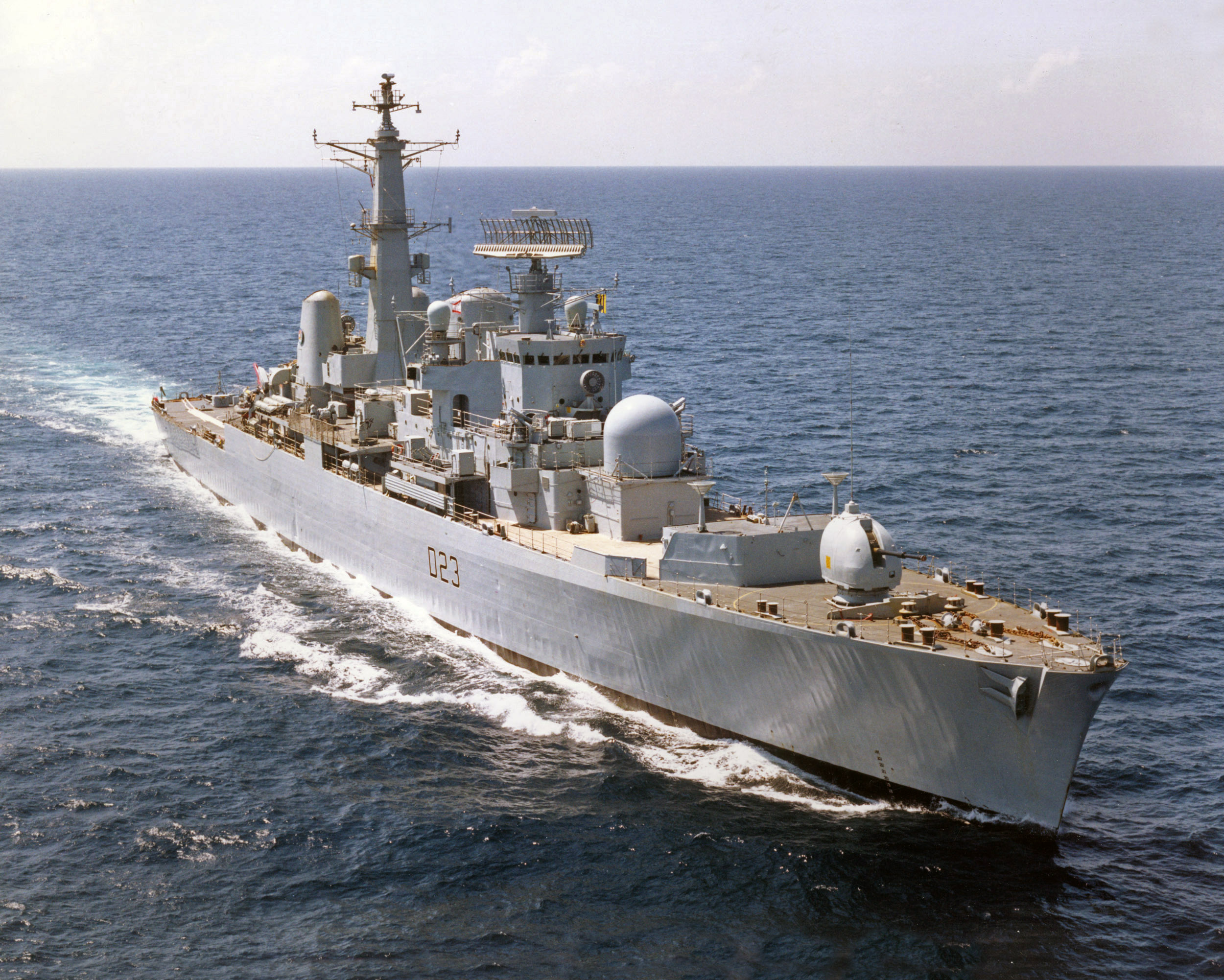Published 11 April 2024
Share this story
As the MOD’s Integrated Procurement Model goes live, Paul Marshall, Director General Gateway, explains how DE&S’ new front door is already delivering benefits to the Armed Forces and how the two fit together.

Paul Marshall, Director General Gateway
The Gateway and the IPM
The Integrated Procurement Model (IPM) represents a fundamental shift in the way the UK acquires defence capabilities. At the heart of the IPM is a drive to ensure capabilities are delivered to our war-fighters on time and better integrated. When the Minister for Defence Procurement announced the model in February, he laid out starkly that if we wait for 100 percent perfect capabilities, they will probably arrive too late. The new DE&S Gateway has been designed to directly support exactly that.
The Gateway proactively supports wider Defence with equipment acquisition and provides subject matter advice where it can have the most impact. It will help teams across the wider defence research, development and innovation ecosystem work harmoniously to ensure the right advice and insights are provided when they matter most.
In the past, when an Armed Forces partner had a capability requirement, a domain-specific DE&S team, such as Land or Air, would respond. They would often do so without fully considering wider integration issues and opportunities, and what already existed in the wider Defence arsenal that could meet this requirement. This was caused, in part, by the presence of multiple interfaces and entry points into DE&S.
Efficient, consistent, coherent and considered
The DE&S Gateway is a single, clear entry point that will ensure new requirements are planned and costed in a more efficient, consistent, coherent and considered way.
Gateway teams will increase efficiency by accurately costing new work and proactively providing clients with advice and guidance earlier in the procurement lifecycle on how their investment decisions can create the right balance of capabilities.
Work will flow through a common interface to ensure greater consistency in our approach to costing, and in how we share the assumptions that underpin these with our clients.
The Gateway will enable broader pan-defence coherence because teams will be able to build new plans and costings on similar previous work, saving time and effort. In addition, if more than one client has the same need at a similar time, the Gateway is a route to share this intelligence and explore collaborative approaches.
Finally, a single ‘front door’ will enable future investment planning and costing in equipment and support to be far more considered. It will foster key relationships with the wider MOD, allowing for greater influence over future Equipment Plans when it really matters – at the point when new programmes of work are commissioned.
Working in a Formula 1 pitlane
For these reasons, I like to think of the DE&S Gateway as a Formula 1 pitlane. A space where experts deploy their knowledge, skills and insights, and work seamlessly together to support our project leaders and their delivery teams.
When we add spiral development to this mix, for example creating a pan-Defence culture where we go live with something that is 60 to 80 percent ready and iteratively improve it over time, rather than waiting – and paying – for a 100 percent solution, it can be a real game-changer. It can shave months and even years off projects, which benefits everyone.
A recent example of the Gateway’s impact and potential can be seen in the development of the Royal Navy’s future mine-hunting capability. The Royal Navy’s Mine and Threat Exploitation Group received support from Gateway experts, which helped them test and develop new automated technologies that will be hosted on the new RFA Stirling Castle mothership. These will benefit all environments, were delivered at a lower cost and fast enough to effectively counter the threats that exist today.
The Gateway stands up, but doesn’t stand still
We’re still at the beginning of working in this new way. Over the next year, Gateway teams will refine how they operate and establish relationships with key stakeholders across the defence enterprise, building to full operation by Spring 2025.
DE&S cannot work in isolation, and close collaboration with industry partners and international allies will be key to the success of the Gateway. The Gateway will allow us to better listen to our clients, bringing in industrial expertise, international opportunities and partnerships, market intelligence and specialist of all stripes to help them understand what is possible.
We cannot stand still. Our soldiers, sailors, aviators and allies rely on us to provide the equipment and support they need to do their difficult, dangerous, critically important jobs safely and securely.
This is a hugely significant milestone for Defence and for our Armed Forces. The first major move as we lead the way for wider Defence Design and align ourselves with the IPM to ensure the UK can meet the emerging threats of the future and remain ahead of our adversaries.




